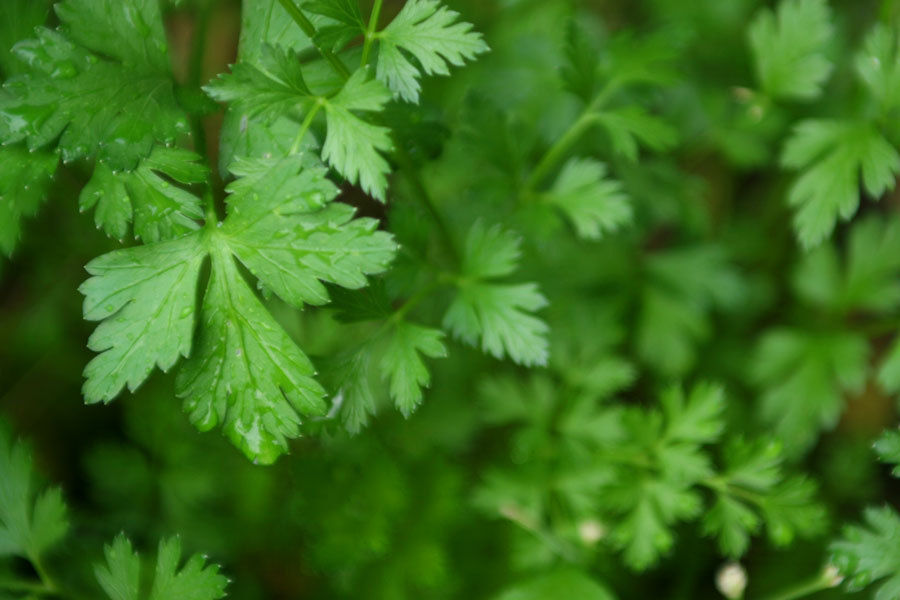Why grass-fed meat?
- Jenny Fowler

- Oct 9, 2018
- 2 min read
Updated: Feb 10, 2021

You are what you eat eats!
Here's a quick breakdown of the difference between grass-fed meat and conventional meat:
Grass-fed meat is raised on pasture, on its natural food sources (i.e. grass-fed). Because of this, it contains a healthy omega 6 to omega 3 ratio of about 3:1*, meaning that it has anti-inflammatory benefits similar to that of wild salmon!
v.s.
Conventionally-raised meat is usually fed corn and soy and raised in very close quarters. Because of these factors, it has a much higher omega-6 to omega-3 ratio of 20:1, making it inflammatory. Additionally, toxins that are consumed by animals (like antibiotics, hormones & genetically-modified feed) are stored in their fat.
Nutrition-wise, these are two different animals!
Portion size is also important. Meat doesn’t need to be the center focus of your meal! A serving of meat, poultry or fish is 3oz. – 4 oz., which is about the size of a deck of cards or the palm of your hand.
Here's a recipe to get you inspired:
Grass-fed Meatballs Recipe
Ingredients:
* 1 pound organic, grass-fed meat
* 1 small carrot, chopped
* 1 small zucchini, chopped
* 2 celery stalks, chopped
* 3 crimini mushrooms, chopped
* ½ onion, diced
* 1 organic egg
* Organic ghee (or substitute butter)
* ½ tsp. sea salt
* 1/8 tsp. black pepper
Opt for organic ingredients whenever possible
Instructions:
Heat pan on low with enough ghee to cover the pan. Add all chopped vegetables except onion to the pan. Sauté until soft. Remove veggies when soft and puree in blender or food processor. Allow to cool. Sauté onions until tender, about 10 minutes. Allow to cool. Preheat oven to 350*.
Mix cooled puree, onion, egg & meat together. Do not over mix. Fill a casserole dish with just enough water to cover the bottom. Make golf ball size meatballs, place in casserole dish and cover with aluminum foil. Bake for 25-30 minutes, until no longer pink in the center. Remove from oven and serve. Makes about 20 meatballs.
* A joint study by California State University, Chico and the University of California Cooperative Extension Service found that beef from cattle fed solely on grass provided a more healthful ratio of Omega-6 to Omega-3 fats — 3:1 versus about 20:1 in grain-fed beef. The Chico/UC study’s grass-fed cattle also contained up to 50% more conjugated linoleic acid (CLA) than the grain-fed cattle (Daley et al., 2006b). Another study has shown that CLA, in amounts above 3.4 grams per day, reduces adipose tissue stores (belly fat) and reduces Body Fat Mass in human study subjects (Blankson et al., 2000).





Comments